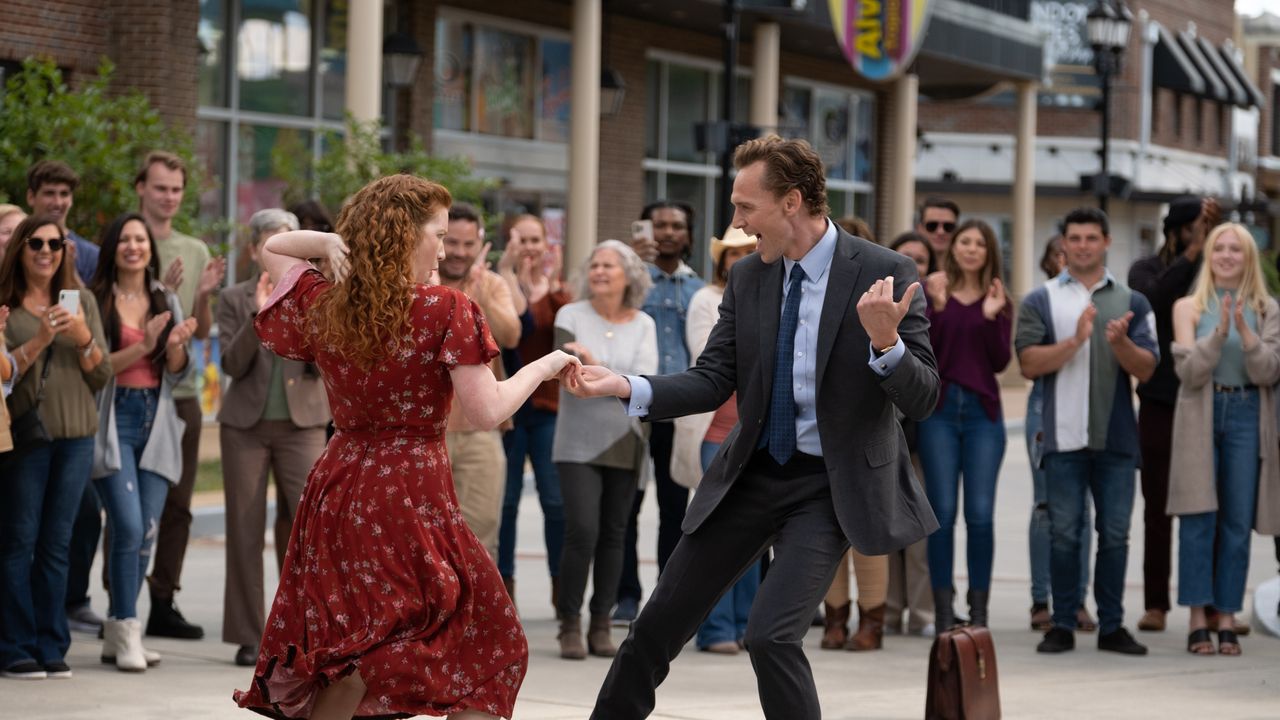At last year’s Toronto International Film Festival, the top prize—one voted on by the viewing public, rather than some cloistered jury—went to an une
At last year’s Toronto International Film Festival, the top prize—one voted on by the viewing public, rather than some cloistered jury—went to an unexpected outlier. The winner wasn’t Emilia Pérez nor Anora (those came in second and third, respectively), but rather The Life of Chuck, a film from horror auteur Mike Flanagan that was not on many people’s radar prior to the festival. At the time, the film didn’t even have a distributor—Neon has since picked it up—and was not slated to be released in 2024.
This made The Life of Chuck something of an anomaly in recent TIFF history. Usually, the People’s Choice winner takes that win and runs with it to a best picture nomination at the Oscars a few months later; prior to The Life of Chuck, that’s what had happened every year but one since 2008. The People’s Choice win positioned The Life of Chuck as a sudden awards contender, a curious outcome for a fantastical adaptation of a Stephen King brief story directed by a guy mostly known as a purveyor of elevated spookiness.
The Life of Chuck finally opens on June 6, arriving as counterprogramming to the harum-scarum of Ethan Hunt’s last impossible mission and the dino damage of the upcoming Jurassic World fourquel. Flanagan’s film is gigantic in its own way—it is a decades-spanning metaphysical treatise on time and life and cosmic dread—but it’s decidedly softer, more sweet-hearted and whimsical, than anything else on offer in theaters this month. For that, The Life of Chuck is appreciated. But in most other respects, it is a disappointment. I don’t imagine a best picture nomination is in the offing.
Watching the film, which (sort of) tells the story of the titular everyman in reverse chronological order, one yearns for the kind of movie it’s trying to be. Flanagan is aiming at the sweeping, uplifting existentialism of The Truman Show or American Beauty (beloved at the time!) or another King adaptation, The Shawshank Redemption—dim but hopeful examinations of the human condition that offer a hug of comfort and communion. Even lesser films, like Ben Stiller’s The Secret Life of Walter Mitty, fit cozily into this mostly lost genre: standalone mainstream films meant to elate, inspire, and (hopefully) win awards.
We’ve had precious few of those in recent years, unless you count Everything Everywhere All at Once. (That one has a bit too much indie spirit and action-heavy construction to really qualify.) But sadly, Flanagan’s film has its proportions all wrong—in hewing too closely to King’s narrative, it fails to take its own cinematic shape.
Things begin on a compelling note of doomsday melancholy. In the first chapter of the story (which is actually the third chapter), Chiwetel Ejiofor plays Marty, a lonely teacher trying to do his job as the apocalypse looms. Internet service is spotty and then, one day, gone entirely. Environmental cataclysms of all kinds ravage the globe. People in Marty’s community are up and walking away from their jobs and other responsibilities. What’s the point of obligation when the world’s prognosis is so grim?
Many of us can likely empathize with this first section’s sentiment, its conviction—offset by the cheery brightness of the film’s design—that things are finally, truly falling apart as a bitter end quickly approaches. Marty is, contradictorily but relatably, stuck somewhere between resigned acceptance and denial. Maybe even a little good is coming from these dire circumstances: He begins to reconnect with his ex-wife, Felicia (Karen Gillan), a hospital worker prone to fits of anxious despondence. Both are baffled by the sudden ubiquity of signs congratulating a man called Chuck on his 39 years of . . . something. They assume it’s some vainglorious guy celebrating his own retirement; a strange thing to do at the end of the world.
This section of the film suggests a grand, meaningful convergence to come. Somehow the tiny and fleeting lives of Marty and Felicia will be tethered to this mysterious Chuck, and all, including us in the audience, will realize some crucial and stunning truth about life. The film’s very effective trailer suggests as much.
But once this chapter is done and we move back in time, The Life of Chuck stumbles. The entire middle section is centered on an impromptu dance done by Chuck (Tom Hiddleston) while on a business trip. A busker is playing drums; Chuck conjures up the memory of his dance-happy grandmother (Mia Sara—yes, Mia Sara), then lets himself feel the rhythm. He’s joined by a stranger, Janice (Annalise Basso), and a crowd forms around them as they swing and jive. This is framed as a celebration of spontaneity and joy interrupting the lonesome drudgery of being alive. But it comes off as trite and flimsy instead, an entirely insufficient followup to the first segment’s more holistic survey of existence. The film asks us to cling to this moment as a central thesis; dance in the face of inevitable doom. How very Jojo Rabbit. (Which, by the way, also won the TIFF People’s Choice Awards.)

COMMENTS